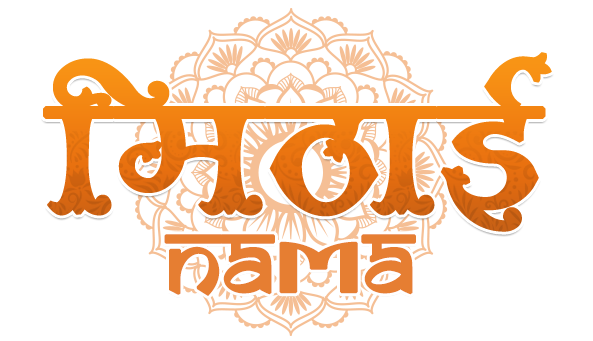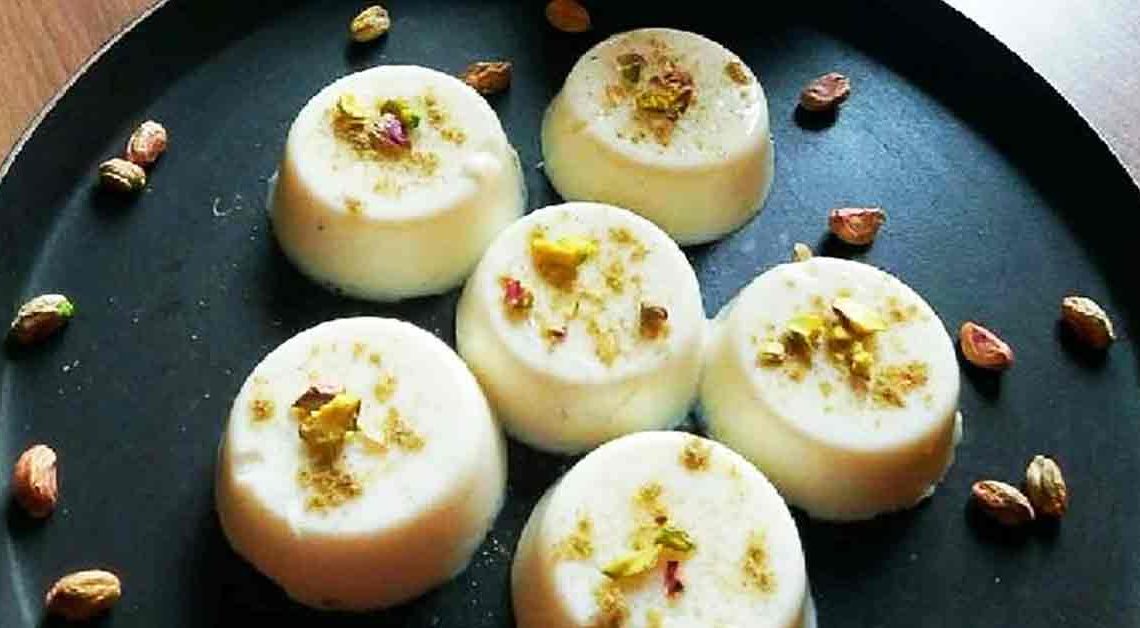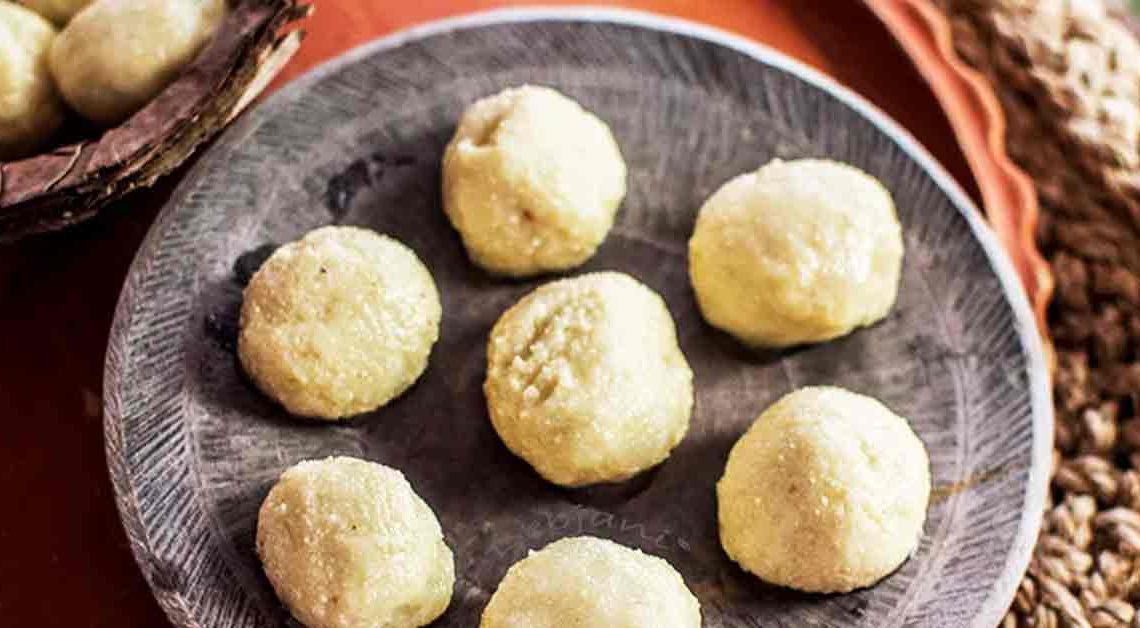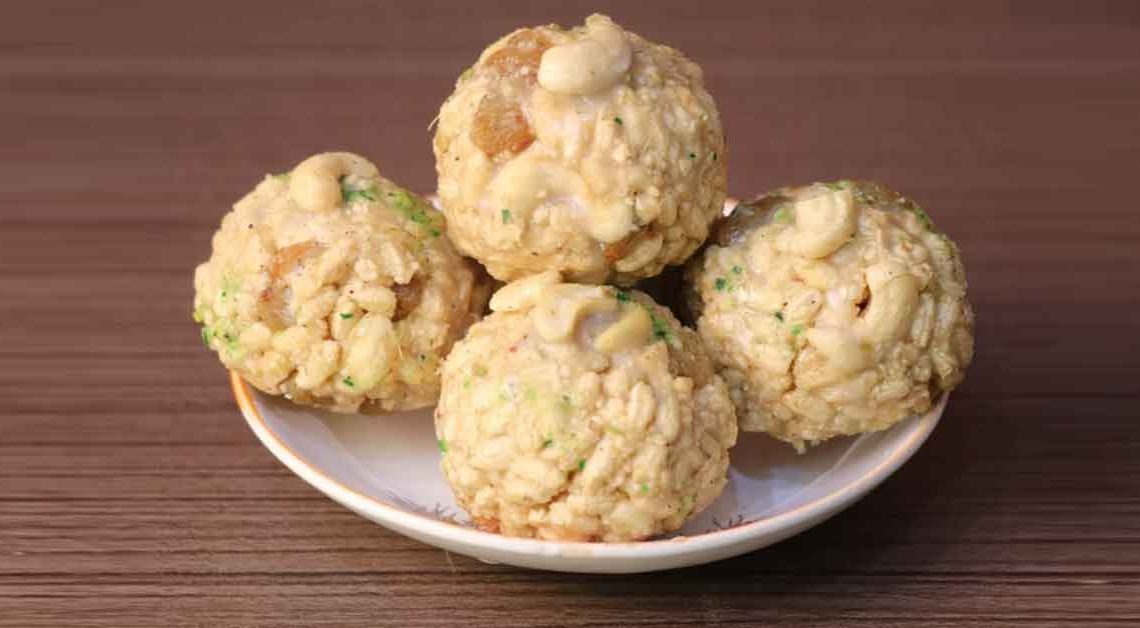Sweets & Stories: Dive into the Essence of Dry Fruit Gajak
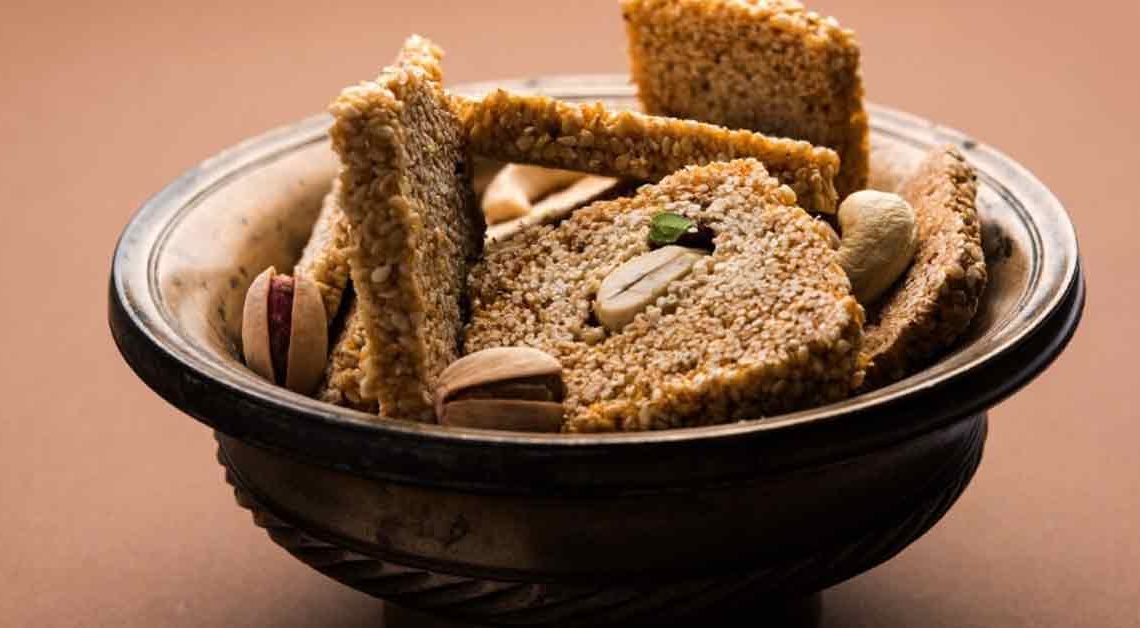
Embark on a Mithainama journey with us as we dive into the delectable universe of dry fruit gajak, where tradition meets innovation, and every bite tells a story. Nestled in the heart of Indian sweets, dry fruit gajak is a timeless delicacy that tantalizes taste buds with its rich history and exotic flavors.
Picture this: golden sunlight filtering through the kitchen window, casting a warm glow on a mesmerizing spread of glistening gajaks adorned with an array of nuts and dried fruits. It’s not just a sweet; it’s a celebration of culture, heritage, and culinary craftsmanship.
Join us as we unravel the secrets behind crafting the perfect dry fruit gajak – from selecting the finest ingredients to the artful mastery of blending textures and flavors. Discover the hidden gems in local markets, learn about the regional variations, and get ready to embark on a culinary adventure that will elevate your dessert game.
Get ready to indulge in the symphony of flavors, textures, and aromas that make gajak an irresistible treat. Let the culinary exploration begin!
Origin of Dry fruit Gajak
Dry fruit gajak, a delectable sweet treat, traces its origins back to the heart of India – the culturally rich land of Rajasthan. The term “gajak” is derived from the Persian word “gaz,” meaning sweet. With a history that spans centuries, gajak has evolved from a simple, nutritious snack to a festive delicacy.
The story begins in the ancient city of Morena, nestled in the Chambal region of Rajasthan. It is believed that gajak was initially created as a nutritious and energy-packed snack to provide sustenance to warriors during long journeys and battles. The combination of sesame seeds (til) and jaggery (gur) formed the base, creating a sweet and savory treat that was not only delicious but also provided an instant energy boost.
As time passed, the preparation of gajak evolved, incorporating a variety of dry fruits such as almonds, cashews, and pistachios, enhancing both the flavor and nutritional value. The intricate art of making gajak became synonymous with festive celebrations, especially during the winter months when sesame seeds and jaggery are in abundance.
History of Dry fruit Gajak
The history is deeply rooted in Indian culinary traditions, dating back centuries. Originating in the northern regions of India, particularly in the state of Rajasthan, gajak has a fascinating journey that reflects the cultural and historical tapestry of the subcontinent.
Over time, the preparation of gajak evolved, incorporating various ingredients and techniques. The addition of dry fruits, such as almonds, cashews, and pistachios, not only enhanced the flavor but also elevated the nutritional profile of the sweet. Different regions across India began to put their unique spin on gajak, incorporating locally available ingredients and culinary practices.
The preparation of gajak is not just a culinary endeavor; it is a form of art. Skilled artisans meticulously craft these sweets, carefully selecting and roasting sesame seeds, preparing jaggery, and incorporating an array of dry fruits. The result is a delectable confection that balances sweetness, crunch, and richness.
Cultural Significance
It holds profound cultural significance in the diverse tapestry of Indian traditions and festivities. This delightful sweet treat goes beyond being a culinary delight; it symbolizes heritage, celebration, and the spirit of togetherness. Here are some aspects of the cultural significance of it:
Festive Celebrations: During Makar Sankranti and Lohri it is often associated with the harvest festivals of Makar Sankranti and Lohri, celebrated with great fervor in various regions of India. These festivals mark the transition of the sun into the northern hemisphere, signifying the end of winter and the arrival of longer days. Gajak is a customary sweet exchanged and consumed during these joyous occasions.
Traditional Treats: It has become a staple during various auspicious occasions, family gatherings, and celebrations. It is not only enjoyed for its delicious taste but also serves as a link to the past, connecting generations through shared culinary experiences.
Symbol of Prosperity: The inclusion of dry fruits, such as almonds, cashews, and pistachios, in gajak enhances its richness and nutritional value. As these ingredients are often considered symbols of prosperity and good fortune, the consumption of Indian sweets during festivals and special events is believed to bring blessings and abundance.
Where is Dry fruit Gajak Famous?
Dry fruit gajak is particularly famous in various regions of North India, where it has become an integral part of local culinary traditions and festive celebrations. Some of the prominent states where it is widely enjoyed and recognized include:
Rajasthan: With its rich cultural heritage, is considered the birthplace of gajak. The city of Morena in Rajasthan is especially renowned for its traditional gajak preparation. The state’s culinary landscape is influenced by the use of sesame seeds, jaggery, and dry fruits in making gajak.
Uttar Pradesh: It is another state where gajak enjoys widespread popularity. Cities like Agra, Kanpur, and Varanasi are known for their unique variations of gajak, often prepared during festivals and special occasions.
Punjab: Particularly during the festival of Lohri, gajak holds a significant place. The celebration of Lohri is incomplete without the exchange and consumption of gajak, symbolizing the warmth of the winter harvest.
Interesting Facts and Trivia
Dry fruit gajak, with its rich history and cultural significance, continues to captivate taste buds and hearts alike, making it a fascinating and cherished part of Indian culinary heritage.
- It is traced back to ancient India, where it was crafted as a nutritious snack for warriors and travelers, providing them with energy during long journeys.
- Sesame seeds, a key ingredient in gajak, hold cultural significance in Hindu traditions. They are believed to bring good luck and prosperity, making gajak a favored sweet during festivals.
- Gajak is especially popular during the winter months, as it is believed to provide warmth and energy. It is a staple during festivals like Makar Sankranti and Lohri, which mark the end of winter and the beginning of longer days.
- While the classic gajak consists of sesame seeds and jaggery, variations include the addition of various dry fruits such as almonds, cashews, pistachios, and even coconut, enhancing both flavor and texture.
- The preparation of gajak is often a labor-intensive process that requires skillful craftsmanship. Artisans meticulously roast sesame seeds, prepare jaggery, and carefully layer the mixture with dry fruits to create the perfect blend of flavors.
Did You Know?
Did you know that indulging in the delightful treat of dry fruit gajak isn’t just a culinary experience but also offers a range of health benefits?
- It is loaded with a variety of dry fruits such as almonds, cashews, and pistachios, and provides a concentrated source of essential nutrients, including vitamins, minerals, and antioxidants.
- The inclusion of dry fruits, known for their heart-healthy fats, contributes to a well-rounded nutritional profile. These good fats support cardiovascular health and overall well-being.
- The combination of sesame seeds and jaggery in gajak provides a quick energy boost, making it an ideal snack for an instant pick-me-up during busy days or festivities.
- Sesame seeds, a key ingredient in gajak, are an excellent source of iron. Consuming gajak can contribute to meeting daily iron requirements, especially beneficial for those with iron-deficiency anemia.
- Nuts and seeds in gajak contain dietary fiber, promoting healthy digestion and providing a feeling of satiety. Fiber is essential for maintaining a healthy digestive system.
